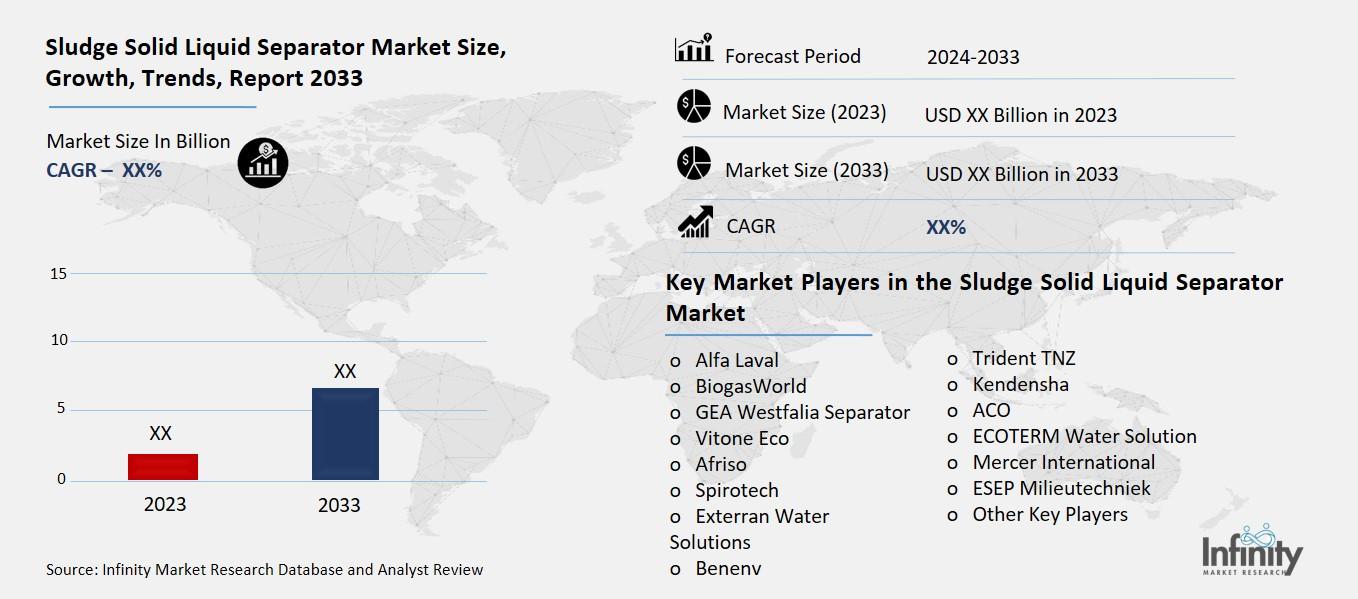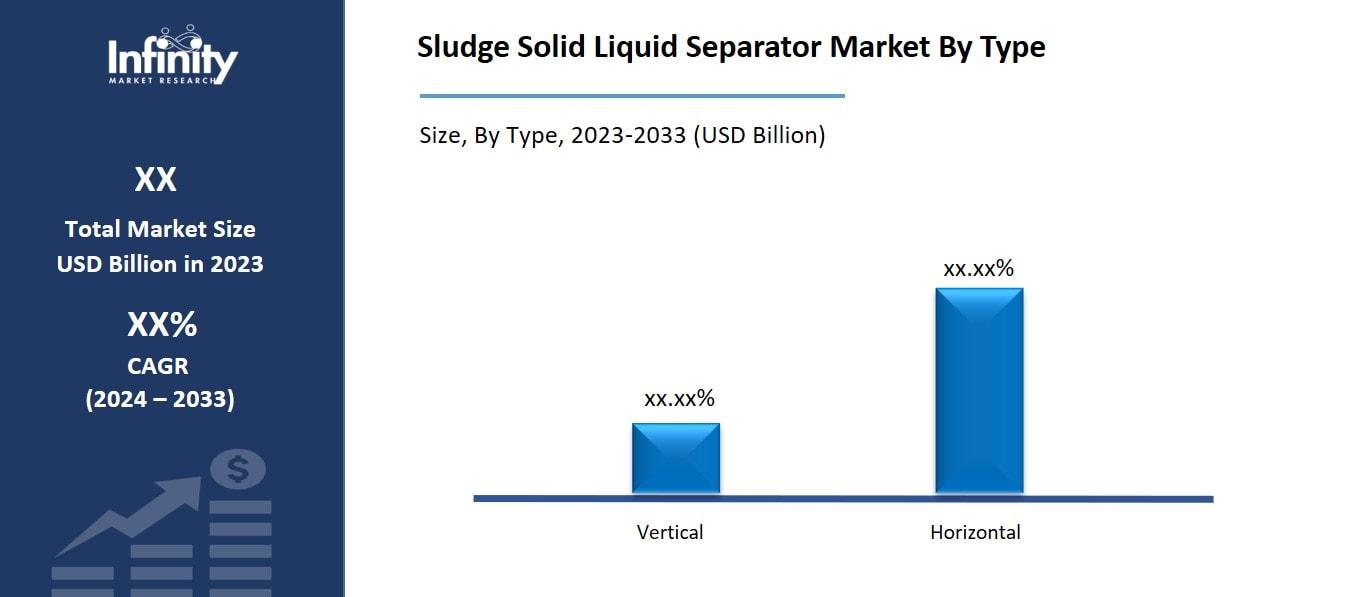
🔐 Secure Payment Guaranteed
Safe checkout with trusted global payment methods.
🌟 Why Choose Infinity Market Research?
At Infinity Market Research, we dont just deliver data — we deliver clarity, confidence, and competitive edge.
In a world driven by insights, we help businesses unlock the infinite potential of informed decisions.
Here why global brands, startups, and decision-makers choose us:
Industry-Centric Expertise
With deep domain knowledge across sectors — from healthcare and technology to manufacturing and consumer goods — our team delivers insights that matter.
Custom Research, Not Cookie-Cutter Reports
Every business is unique, and so are its challenges. Thats why we tailor our research to your specific goals, offering solutions that are actionable, relevant, and reliable.
Data You Can Trust
Our research methodology is rigorous, transparent, and validated at every step. We believe in delivering not just numbers, but numbers that drive real impact.
Client-Centric Approach
Your success is our priority. From first contact to final delivery, our team is responsive, collaborative, and committed to your goals — because you re more than a client; you re a partner.
Recent Reports
Global Myopia Control Lenses Market Report 2025-33
Hyaluronic Acid-based Dermal Fillers Market Report
Sludge Solid Liquid Separator Market
Global Sludge Solid Liquid Separator Market (By Type, Vertical and Horizontal; By Application, Food and Beverage, Petrochemical, Metallurgy and Chemical Industry, Mining and Mineral Industry, Pulp and Paper, Water Plant, Construction, and Other Applications; By Region and Companies), 2024-2033
Dec 2024
Industrial Automation and Equipment
Pages: 138
ID: IMR1355
Sludge Solid Liquid Separator Market Overview
Global Sludge Solid Liquid Separator Market acquired the significant revenue of XX Billion in 2023 and expected to be worth around USD XX Billion by 2033 with the CAGR of XX% during the forecast period of 2024 to 2033. The aluminum nitride (AlN) templates on sapphire market is growing as a result of the high demand for advanced electronic and optoelectronic gadgets. AlN widely applied as a substrate material in LEDs, power devices and sensors due to high thermal conductivity, electrical resistivity and chemical stability. The AlN, when it is homoepitaxially grown on sapphire substrates, offers a very good material quality and can therefore be widely used in high temperature and high power applications. Through increased application of AlN template on sapphire in various industries such as telecommunication, automotive and consumer electronics coupled with development in the material processing technology this market is poised to move higher.

Drivers for the Sludge Solid Liquid Separator Market
Industrial Growth and Urbanization
The rising production of industrial segments, particularly those in developing nations, contributes significantly to the generation of sludge. Enterprises in manufacturing, pharmaceuticals, textiles, and food processing are among industries which generate large amounts of wastewaters and sludges as their residues. This pipeline is making the trend more prominent, especially since India, China, and Brazil are among the emerging industrialized nations, where production activities are steadily on the rise in an endeavor to meet local and global requirements.
At the same time, urbanization is imposing increasing demands on adequate municipal wastewater facilities. With increased population density in urban centres, current wastewater systems are stretched, and there is need for a better type of sludge solid-liquid separator. This demand is further compounded by the new integrated real estate developments, industrial estates, business districts, which all need Water Treatment Plants in order to meet environmental standards in order to support sustainable population growth in cities.
Restraints for the Sludge Solid Liquid Separator Market
Maintenance and Operational Challenges
Regular maintenance requirements and associated downtime present a significant challenge for the sludge solid-liquid separator market. These systems involve complex mechanical components and filters that need periodic cleaning, replacement, or repair to maintain efficiency and prevent malfunctions. Maintenance activities often require temporary shutdowns, which can disrupt operations and lead to productivity losses, especially in industries with continuous processing demands.
Additionally, the operation of these separators demands technical expertise. Skilled personnel are needed to monitor system performance, identify issues, and implement corrective measures promptly. In regions where access to trained professionals is limited, these challenges can deter the adoption of advanced separation technologies. Companies must invest in training programs or rely on external service providers, increasing operational costs and impacting profitability. These factors highlight the need for innovations in user-friendly and low-maintenance separator designs to address these constraints.
Opportunity in the Sludge Solid Liquid Separator Market
Government and Private Investments
Governments and international organizations are increasingly offering subsidies and financial support to encourage the adoption of advanced wastewater treatment technologies, including sludge solid-liquid separators. These programs aim to address the growing environmental and public health challenges posed by untreated wastewater. Financial incentives, such as tax breaks, grants, and low-interest loans, are enabling industries and municipalities to invest in modern sludge management systems.
Public-private partnerships (PPPs) are playing a crucial role in developing and modernizing wastewater management infrastructure. Governments collaborate with private sector players to leverage their technical expertise, efficiency, and investment capabilities. Through PPPs, large-scale projects, such as the establishment of centralized treatment plants and decentralized solutions for remote areas, are being implemented effectively. These collaborations often include contractual models where private entities handle system design, operation, and maintenance, while governments focus on regulation and oversight.
Trends for the Sludge Solid Liquid Separator Market
Adoption of Smart Systems
The integration of digital and AI-enabled technologies is revolutionizing the sludge solid-liquid separator market by enhancing operational efficiency. Advanced systems now utilize AI algorithms to optimize separation processes, predict equipment wear, and automate routine tasks. These technologies enable real-time analysis of sludge characteristics, helping operators adjust settings dynamically to improve performance and reduce waste. For instance, AI-driven predictive maintenance can identify potential issues before they escalate, minimizing downtime and extending equipment lifespan.
Remote monitoring is becoming a critical feature in sludge management systems, driven by the need for continuous oversight and efficiency. IoT-enabled sensors and cloud-based platforms allow operators to monitor system performance, analyze data, and troubleshoot issues from any location. This capability is especially valuable for large-scale or decentralized operations, where physical inspections can be time-consuming and costly.
Segments Covered in the Report
By Type
o Vertical
o Horizontal
By Application
o Food and Beverage
o Petrochemical
o Metallurgy and Chemical Industry
o Mining and Mineral Industry
o Pulp and Paper
o Water Plant
o Construction
o Other Applications
Segment Analysis
By Type Analysis
On the basis of type, the market is divided into vertical and horizontal. Among these, horizontal segment acquired the significant share in the market owing to its versatility and high efficiency in handling large volumes of sludge. Horizontal separators are widely preferred in industries such as wastewater treatment, agriculture, and food processing, where continuous operations demand robust and reliable performance. Their design allows for better handling of varying sludge consistencies, making them suitable for a broad range of applications.

By Application Analysis
On the basis of application, the market is divided into food and beverage, petrochemical, metallurgy and chemical industry, mining and mineral industry, pulp and paper, water plant, construction, and other applications. Among these, water plant segment held the prominent share of the market due to the critical role of separators in municipal and industrial wastewater treatment processes. Water treatment plants face increasing demand due to rapid urbanization, industrial expansion, and stricter environmental regulations governing wastewater discharge. Solid-liquid separators are essential in these facilities for efficiently removing suspended solids, dewatering sludge, and ensuring compliance with regulatory standards.
Regional Analysis
Europe Dominated the Market with the Highest Revenue Share
Europe held the most of the share of 32.1% of the market. This leadership is attributed to stringent environmental regulations, advanced industrial infrastructure, and a strong emphasis on sustainable waste management practices. European countries have implemented rigorous standards for wastewater treatment, compelling industries and municipalities to adopt efficient sludge separation technologies.
Additionally, the region's proactive approach towards environmental sustainability and substantial investments in upgrading wastewater treatment facilities have further propelled the market's growth. The combination of regulatory frameworks and a commitment to environmental preservation positions Europe as a leading market for sludge solid-liquid separators.
Competitive Analysis
The competitive landscape of the global sludge solid-liquid separator market is characterized by the presence of several key players striving to innovate and capture a larger market share. Major companies in the market are focusing on technological advancements, product differentiation, and geographical expansion to maintain a competitive edge. Leading players are integrating AI, IoT, and automation into their systems to offer more efficient, energy-saving, and user-friendly solutions. Additionally, companies are investing heavily in research and development to enhance the performance and scalability of their separators, enabling them to cater to diverse industries such as municipal water treatment, food and beverage, mining, and petrochemicals.
Key Market Players in the Sludge Solid Liquid Separator Market
o Alfa Laval
o BiogasWorld
o GEA Westfalia Separator
o Vitone Eco
o Afriso
o Spirotech
o Exterran Water Solutions
o Benenv
o Trident TNZ
o Kendensha
o ACO
o ECOTERM Water Solution
o Mercer International
o ESEP Milieutechniek
o Other Key Players
|
Report Features |
Description |
|
Market Size 2023 |
USD XX Billion |
|
Market Size 2033 |
USD XX Billion |
|
Compound Annual Growth Rate (CAGR) |
XX% (2023-2033) |
|
Base Year |
2023 |
|
Market Forecast Period |
2024-2033 |
|
Historical Data |
2019-2022 |
|
Market Forecast Units |
Value (USD Billion) |
|
Report Coverage |
Revenue Forecast, Market Competitive Landscape, Growth Factors, and Trends |
|
Segments Covered |
By Type, Application, and Region |
|
Geographies Covered |
North America, Europe, Asia Pacific, and the Rest of the World |
|
Countries Covered |
The U.S., Canada, Germany, France, U.K, Italy, Spain, China, Japan, India, Australia, South Korea, and Brazil |
|
Key Companies Profiled |
Alfa Laval, BiogasWorld, GEA Westfalia Separator, Vitone Eco, AfrisoSpirotech, Exterran Water Solutions, Benenv, Trident TNZ, Kendensha, ACO, ECOTERM Water Solution, Mercer International, ESEP Milieutechniek, and Other Key Players. |
|
Key Market Opportunities |
Government and Private Investments |
|
Key Market Dynamics |
Industrial Growth and Urbanization |
📘 Frequently Asked Questions
1. Who are the key players in the Sludge Solid Liquid Separator Market?
Answer: Alfa Laval, BiogasWorld, GEA Westfalia Separator, Vitone Eco, AfrisoSpirotech, Exterran Water Solutions, Benenv, Trident TNZ, Kendensha, ACO, ECOTERM Water Solution, Mercer International, ESEP Milieutechniek, and Other Key Players.
2. How much is the Sludge Solid Liquid Separator Market in 2023?
Answer: The Sludge Solid Liquid Separator Market size was valued at USD XX Billion in 2023.
3. What would be the forecast period in the Sludge Solid Liquid Separator Market?
Answer: The forecast period in the Sludge Solid Liquid Separator Market report is 2024-2033.
4. What is the growth rate of the Sludge Solid Liquid Separator Market?
Answer: Sludge Solid Liquid Separator Market is growing at a CAGR of XX% during the forecast period, from 2024 to 2033.


🔐 Secure Payment Guaranteed
Safe checkout with trusted global payment methods.
🌟 Why Choose Infinity Market Research?
- Accurate & Verified Data:Our insights are trusted by global brands and Fortune 500 companies.
- Complete Transparency:No hidden fees, locked content, or misleading claims — ever.
- 24/7 Analyst Support:Our expert team is always available to help you make smarter decisions.
- Instant Savings:Enjoy a flat $1000 OFF on every report.
- Fast & Reliable Delivery:Get your report delivered within 5 working days, guaranteed.
- Tailored Insights:Customized research that fits your industry and specific goals.
📄 Available License Types




